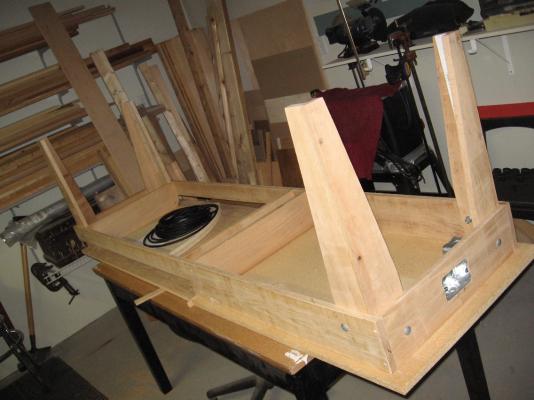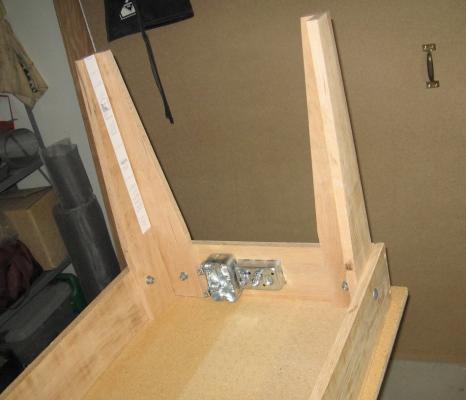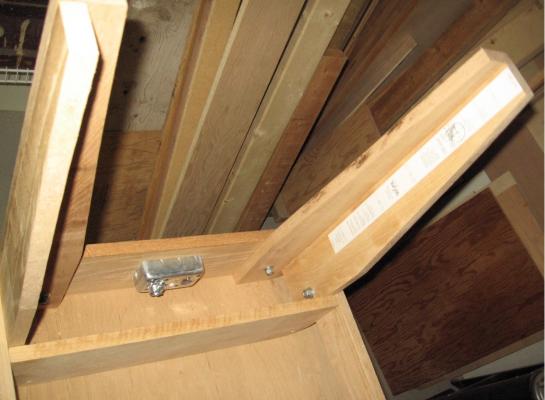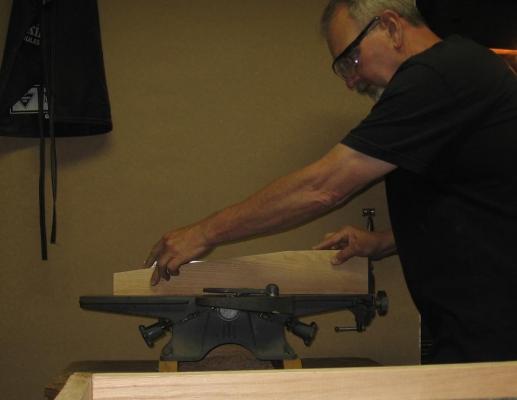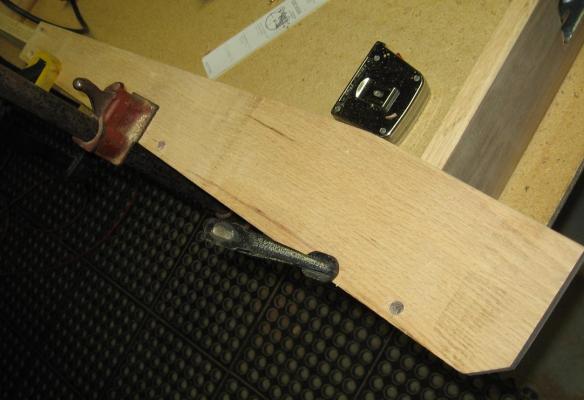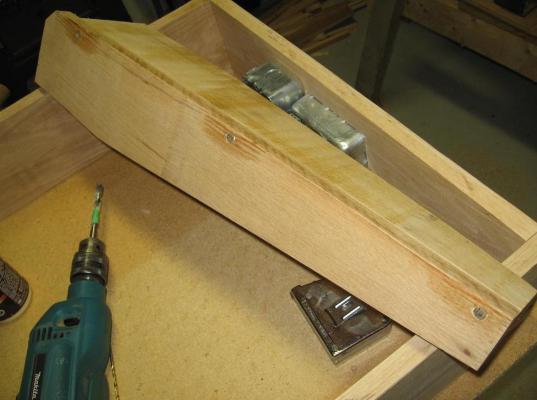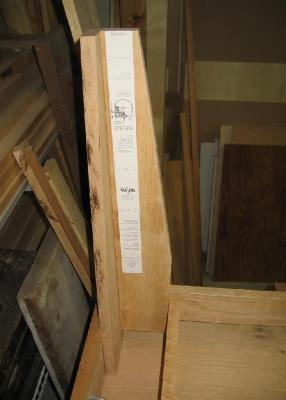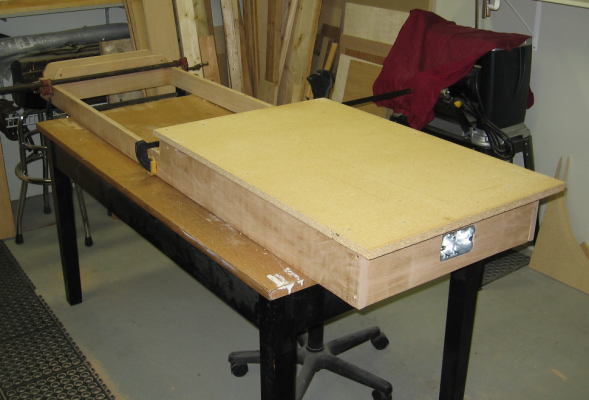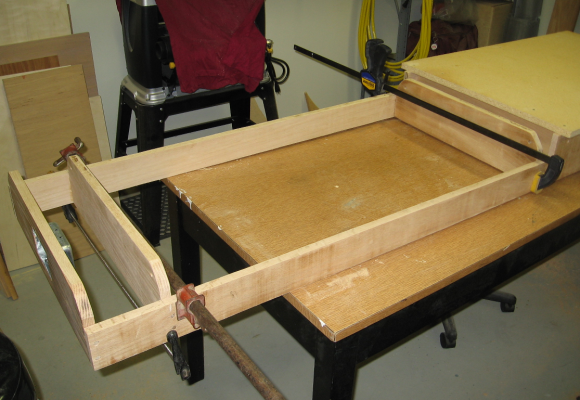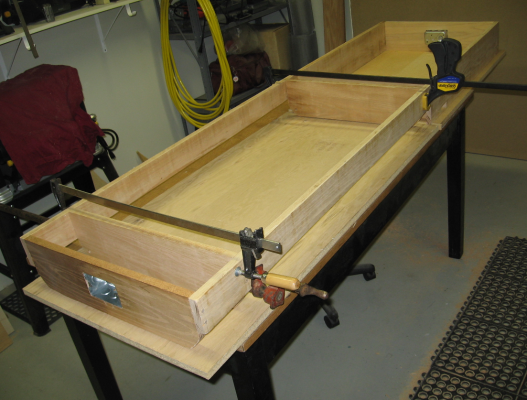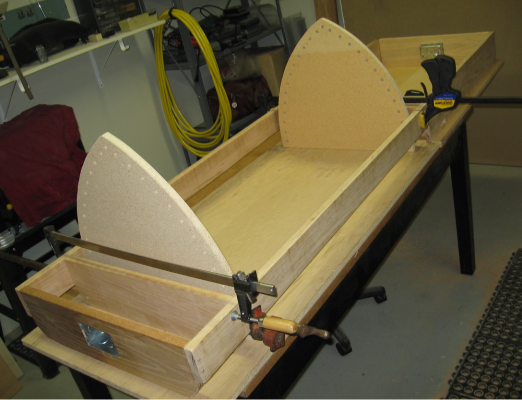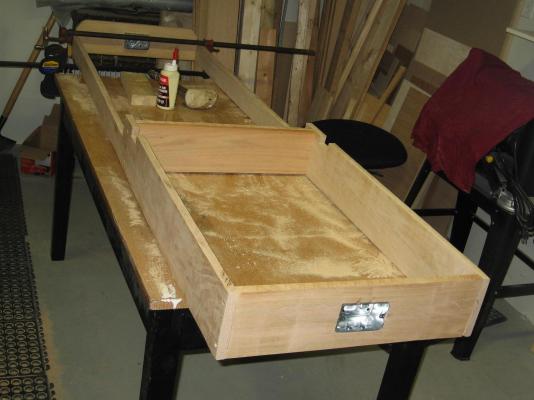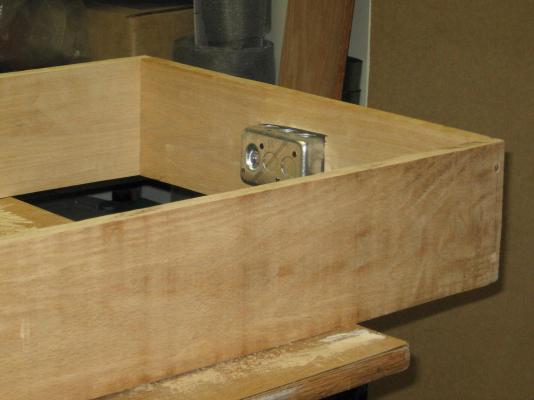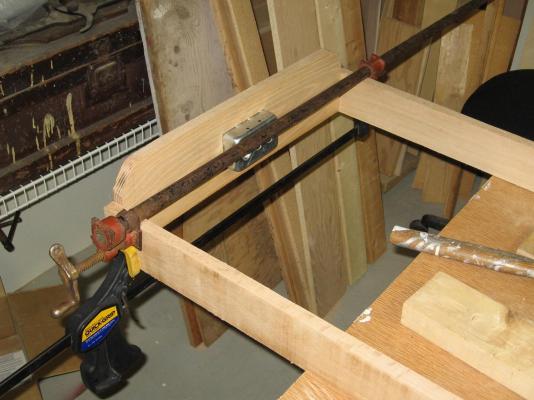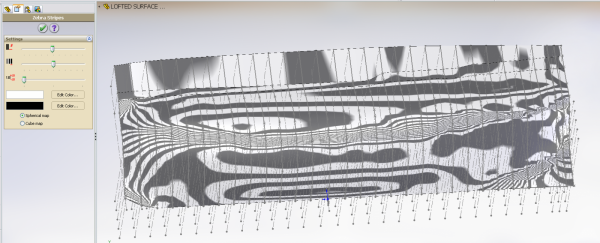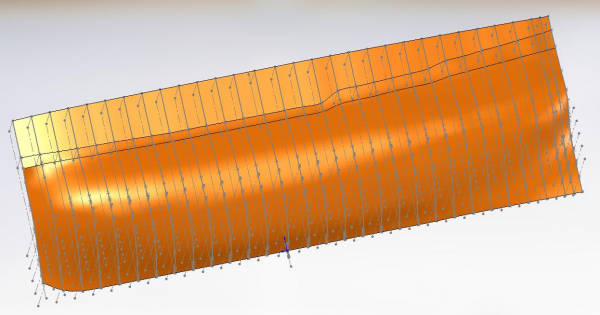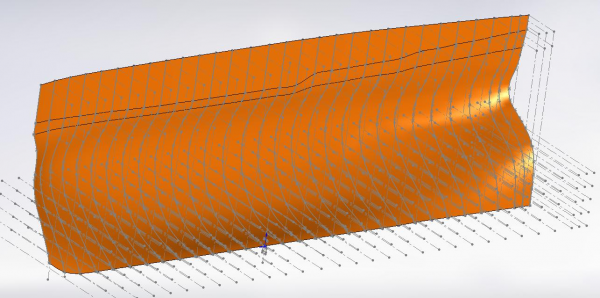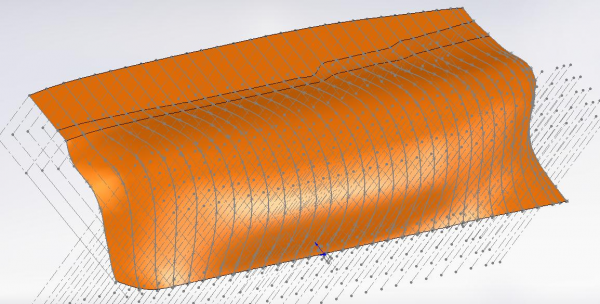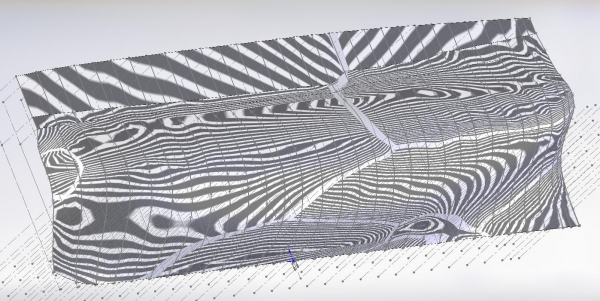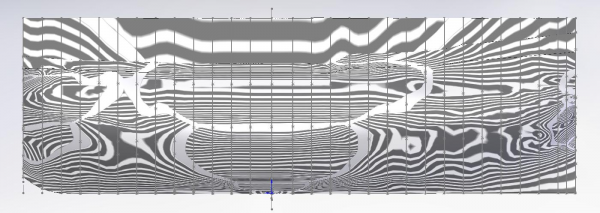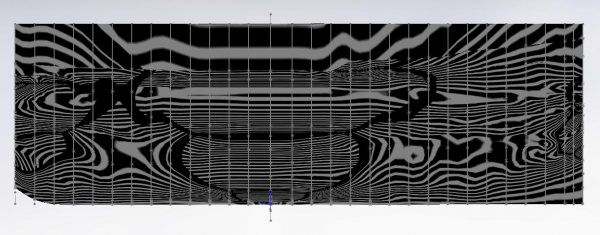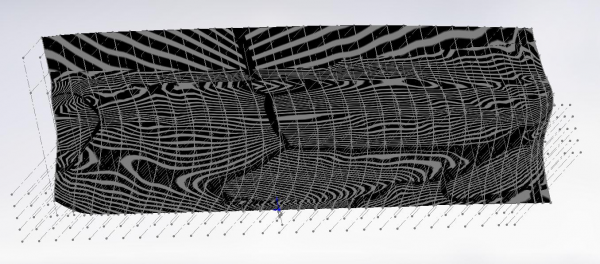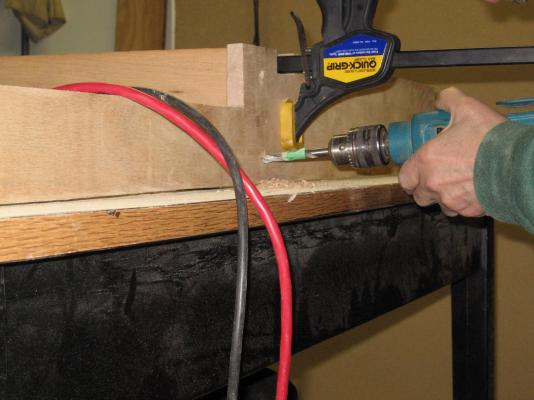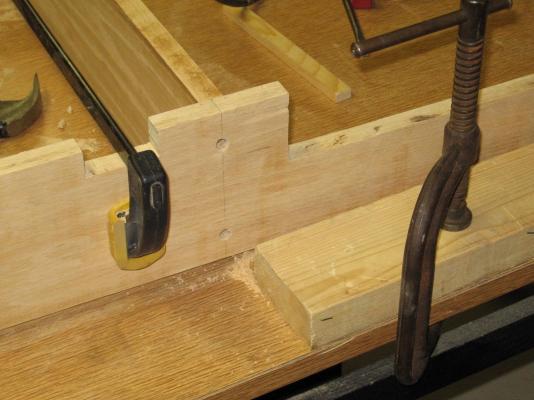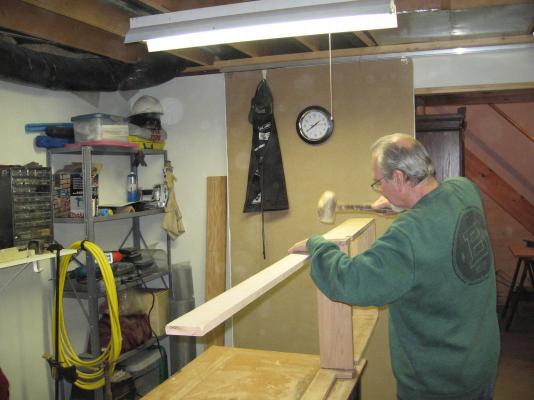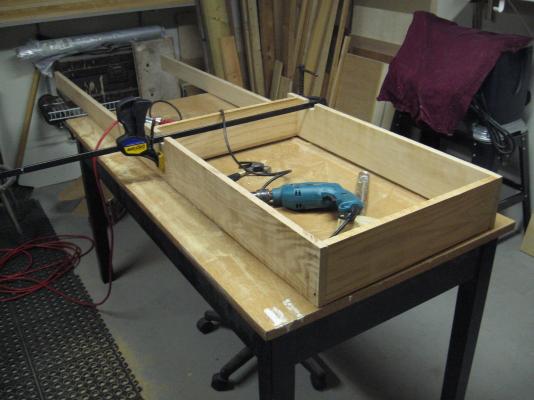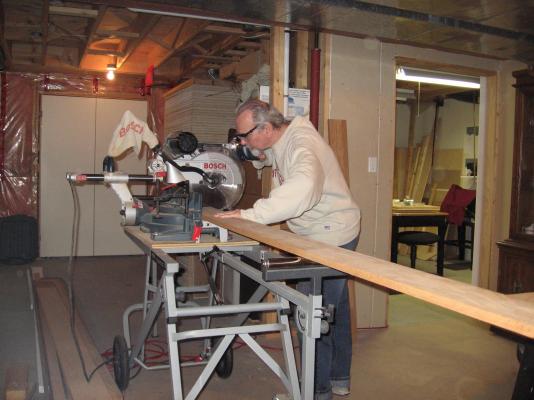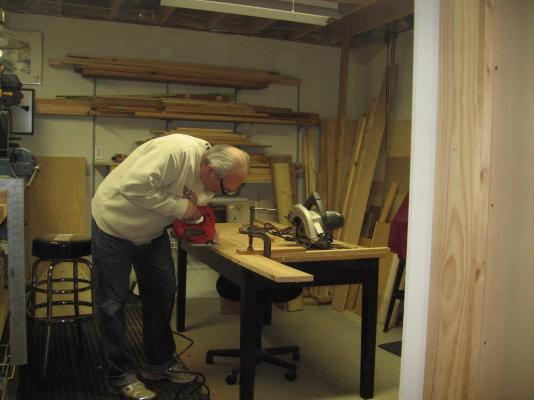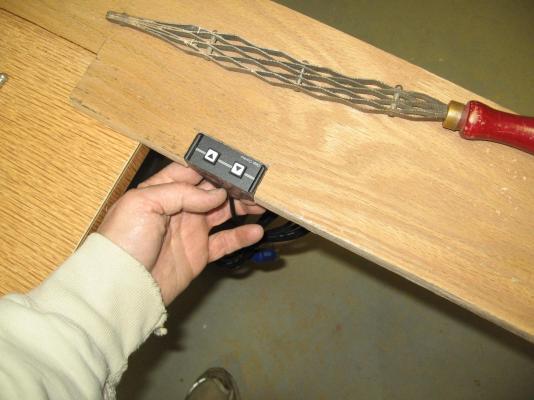-
Posts
2,861 -
Joined
-
Last visited
Content Type
Profiles
Forums
Gallery
Events
Everything posted by AON
-

what is the ideal modelling table?
AON replied to AON's topic in Modeling tools and Workshop Equipment
Thank you Pat. It is a wonderful feeling to see a mere thought and then vision develop and transform into reality. Now that it is beginning to resemble an actual table I cannot wait to see it finished... this is when I have to reel myself in a bit to avoid doing something really dumb For instance, I don't know what I was thinking when I was going to drill the lift cylinder mounting holes with my hand held drill and the legs bolted in place. It would never have aligned properly! I took the legs off last night to use my drill press... this will keep them parallel with the surface. I also double checked the new metric bolts .... they are the correct ones! Oops! Should have answered your question... eh? I am thinking one shelf across the bottom with store bought clear plastic (see through) containers/drawer units on it. I use these for my carving tools at the moment and they seem to work for me -

what is the ideal modelling table?
AON replied to AON's topic in Modeling tools and Workshop Equipment
Some photos from last night Just wish I had managed to mount the lift cylinders I did get out this morning and picked up some real M5 x 25mm bolts and washers at Fastenal -

what is the ideal modelling table?
AON replied to AON's topic in Modeling tools and Workshop Equipment
I managed to assemble the fourth leg last night Drilled and carriage bolted them to the frame Took out my M5 x 25mm bolts to fasten the cylinders to the legs Found the correct drill for the M5 bolt by drilling a hole in a scrap piece of wood and fitting the bolt through. (the markings on my drills are worn off and my vernier calliper is at the office) Something looked wrong. Put the bolt up against the leg and it was a 1/2" longer than the leg thickness. The blind tapped hole in the cylinder is just over 1/4" deep Measured the bolt and it is 1-1/4" long Took the bolt over to the cylinder and tried to screw it into the hole.... no go. The bolt isn't an M5 thread! That put a damper on progress (note to self: never ever believe the marking on the box) -

what is the ideal modelling table?
AON replied to AON's topic in Modeling tools and Workshop Equipment
I managed to assemble two more legs last night One to go, then I'll mount the lift and provide more pihotos -

what is the ideal modelling table?
AON replied to AON's topic in Modeling tools and Workshop Equipment
The problem with summer time is that there is so many more things to be done... plus it was another gorgeous weekend outside Once again a small amount of progress Mounted one additional electrical box inside the frame for the lift motor plug Ran all the legs through my 4 inch Beaver jointer-planer for better fitting Laid out where the lift mechanism bolt holes would be and then laid out my dowel pins locations Drilled for three dowel pins, glued up and assembled Placed the stick on drill template for the lift mechanism to the inside of the leg Fitted the leg in position Yet to be drilled and bolted in place I will make the other three and drill them all for the lift mechanism and mounting to the table frame at the same time Until later Alan -
Once again a picture is worth one thousand words!
- 889 replies
-
You'll need one extra hand, three more temporary supports and a couple extra tall shots of Canadian Club Classic to get this done! All joking aside, it must feel great when something so difficult finally comes together!
- 889 replies
-

what is the ideal modelling table?
AON replied to AON's topic in Modeling tools and Workshop Equipment
Once again my estimated time to complete the work outdoors was double what I thought it would be Got about 1-1/2 hours on the table and then had to quite as I was getting tired and that's when dumb mistakes are made Installed the stationary pin plates onto the table frame Installed the stationary reference sub-table top Placed the sub-base tilting table top under the frame and marked off centre Placed the pivot pin plates near their final location just for show Yet to do: Need to make the frame for the underside of the pivot table section and attach to the pivot sub-table top Attach the pivot plates to the pivot sub-table top frame Make the pin guide blocks and pins but before all that I want to first assemble the legs and mount the lift mechanism Here are a few photos of last nights progress Alan -

what is the ideal modelling table?
AON replied to AON's topic in Modeling tools and Workshop Equipment
Spent the last two days outside in the garden and will spend at least half of today finishing up out there. What a beautiful weekend this turned into I am glad I booked today off work. Got about an hour and a half on my table last night and hope to get a little time on it later today. I managed to put the two electrical boxes in the ends and assembly the far end piece. Some pics below. I'd like to get the legs assembled and reference sub top on today. Possibly mount some of the lift mechanism. We will have to wait and see how the days work plays out Alan -
Thank you Don. I'll be watching for your model posts I initially used the traditional WL and longitudinal section views for checking and caught quite a bit but the final slow spinning and studying of the light reflection off the copper tone looking for dark spots was the final step that seems to have caught it all for me The reflection off the copper tone is similar to the zebra stripe effect but was easier for me to understand. I am not certain how a plank thickness changes anything but we each have to do what we have to and as I said I'll be watching. Seems I also needed to walk away for a few weeks as I couldn't "see" anything... like I had blinders on. I also went back and restudy each frame sketch, found minor line spacing issues and made numerous corrections. Having said all that it all seems a wee bit excessive and possibly OCD (or is that CDO) for the drastically reduced scale model but the need was stronger than me. It is not like my making adjustments after I've built the model is going to help me at all. Going out to buy some rose bushes to replace those that didn't survive the winter, plant them and what we bought last weekend ... and cut that darned grass again!
-

what is the ideal modelling table?
AON replied to AON's topic in Modeling tools and Workshop Equipment
Druxey: You think I can sneak anything past "she who must be obeyed"??? I know you are married and I'll bet after all those wonderful years you still can't get anything past her. Alan -
Hexnut: The fun left a long time ago with fairing the 3D hull. I just couldn't let it beat me. As I came back refreshed and could see errors again I will admit some "fun" was brought back to it. Druxey: I have a similar issue with the floor timber height measurement stated in the contract and feel I should likely stick to the contract and ignore the penned notation I spent about 2 hours making nit picky fine adjustments to the upper portion Unsurpressed the loft feature to show the new shape in 3D and slowly spun it about looking for shadows pin pointing blemishes Cleaned them all up ... I cannot find any more in that manner Turned on the zebra view and changed it to Spherical Map (wish I had noticed it before) and the image is below At this point I am ready to move on. (hurray!!) Alan
-

what is the ideal modelling table?
AON replied to AON's topic in Modeling tools and Workshop Equipment
I had looked at them but as my outlets will be recessed in the frame below the table top at each end I think I will be okay Worst case I can mount an outdoor cover on the box As it is I had boxes (wrong style), cover plates and plugs left over from wiring my basement and I was hoping to use them up and not spend more money than necessary. The boss/accountant has been giving me a funny look as I walk in the house with Canadian Tire, Art's Tools and Home Depot bags in hand. -
Had some time away from all this as I've been working on my modelling table. Started back on the fairing of the 3D hull model with fresh eyes and found quite a few hiccups Below are some updated images I find the copper tone colour reflects blemishes better than the yellow I used previously. Zebra stripe and curvature view are becoming less of a mystery but I am not quite comfortable with them. I'll need to work on it a wee bit more yet... but I feel that I am getting there! Alan
-

what is the ideal modelling table?
AON replied to AON's topic in Modeling tools and Workshop Equipment
I can see the turntable will get a lot of use as I'm certain you will be asking yourself how had you managed all this time without it. Can't help but wonder if I've made a mistake not having this on my table as one end of my model will be over the stationary side table Time will tell, and I suppose it can be added later if I plan for it now. I went out and bought new simple electrical outlet boxes, the exposed kind used on concrete walls. These are a little larger than the normal in wall mount units and happen to cover the mess of a hole I made earlier so the part is no longer scrap! Alan -

what is the ideal modelling table?
AON replied to AON's topic in Modeling tools and Workshop Equipment
Thank you Pat and everyone else dropping in. It seems this detour project was exactly what I needed to recharge my batteries. I went back to fairing my 3D hull model tonight for about an hour and it is amazing what you can see with fresh eyes. I have a feeling it will have a positive affect on my zebra striping on the hull to highlight the blemishes. I might get the lofting right yet and be that much closer to templates and building my ship. Unfortunately I won't get much done on the table until the weekend and this May two-four weekend is our normal planting weekend for the gardens outside. The "love of my life" is looking forward to our being outside with hands in the dirt... and I've see the neighbourhood cats roaming back there so it should be full of surprises! -

what is the ideal modelling table?
AON replied to AON's topic in Modeling tools and Workshop Equipment
I am certain he would forego the need to have his toilet re-installed to help me if I asked. Sure he would. Besides, he is too damn tall and good looking to be in a photo with me. I simply won't allow it. -

what is the ideal modelling table?
AON replied to AON's topic in Modeling tools and Workshop Equipment
This weekend did not go at all as I had planned. C'est la vie! Yesterday I managed to lightly sand all the pieces. Started to assemble the frame directly under the table top and sub-top. Drilled, pinned and glued four pieces. Then I got a call that my son needed help with his bathroom renovation... so off I went. My advice to any young people out there... do not buy an 115 year old home unless you are prepared to deal with no insulation, old wiring and clogged lead pipes. Just touch one pipe and every joint from the second floor to the basement will leak. Tear out one wall and be prepared to rewire the whole house. Rip up one floor and be amazed at how the whole house had never fallen down with the carpentry skills used to originally build or modify it along the way to you finally owning it. I explained to my son... that is why we eventually sold our old home and bought a 10 year old brick house. Some pictures of my meagre progress. Alan -

what is the ideal modelling table?
AON replied to AON's topic in Modeling tools and Workshop Equipment
Yesterday was a wash with entertaining company Picked up sanding belts Cut one hole for an electrical outlet box and then had to admit to myself after trying to make it fit that it was the wrong style box and the piece was now scrap Will have to make that piece over today Victoria Day today I believe everything is closed so I will likely not get the proper electrical outlet boxes until tomorrow I should have went fishing -

what is the ideal modelling table?
AON replied to AON's topic in Modeling tools and Workshop Equipment
I managed to get all the legs and stationary pieces cut yesterday. Everything needs sanding Discovered that somehow I only had one belt left for my belt sander. I'll have to ask my son how that happened. Going out this morning to get some more belts. Should be doing some assembly today. Here are three pics. Cutting frames and legs to length and notching the relief for the mechanism control buttons. Alan
About us
Modelshipworld - Advancing Ship Modeling through Research
SSL Secured
Your security is important for us so this Website is SSL-Secured
NRG Mailing Address
Nautical Research Guild
237 South Lincoln Street
Westmont IL, 60559-1917
Model Ship World ® and the MSW logo are Registered Trademarks, and belong to the Nautical Research Guild (United States Patent and Trademark Office: No. 6,929,264 & No. 6,929,274, registered Dec. 20, 2022)
Helpful Links
About the NRG
If you enjoy building ship models that are historically accurate as well as beautiful, then The Nautical Research Guild (NRG) is just right for you.
The Guild is a non-profit educational organization whose mission is to “Advance Ship Modeling Through Research”. We provide support to our members in their efforts to raise the quality of their model ships.
The Nautical Research Guild has published our world-renowned quarterly magazine, The Nautical Research Journal, since 1955. The pages of the Journal are full of articles by accomplished ship modelers who show you how they create those exquisite details on their models, and by maritime historians who show you the correct details to build. The Journal is available in both print and digital editions. Go to the NRG web site (www.thenrg.org) to download a complimentary digital copy of the Journal. The NRG also publishes plan sets, books and compilations of back issues of the Journal and the former Ships in Scale and Model Ship Builder magazines.


